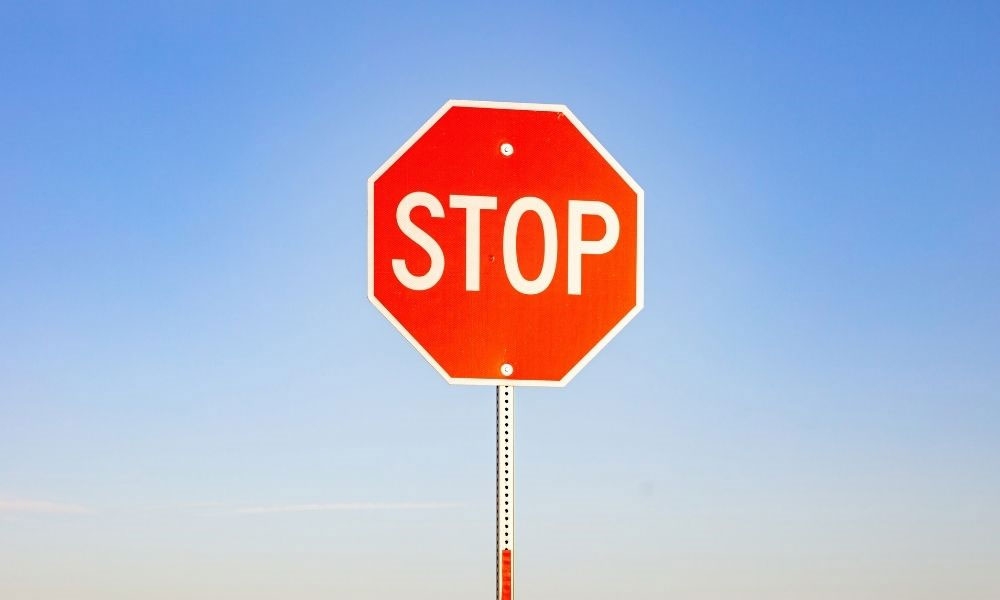Road signage isn’t effective unless it’s visible, quickly understood, and durable. Learn how traffic signs are created to meet all those requirements.
Road safety depends on signage to guide drivers and warn them of hazards. These signs must be many things: bright, recognizable, easy to read, and long-lasting. With the right mix of technology and experience, you can count on a manufacturing process with optimal results. Find out how traffic signs are created to be effective and visible year after year.
There are a number of ways to produce a high-quality sign, but the method of using adhesives can give you an idea of how it works.
Shaping the Blank
The foundation for traffic safety signs is called a “blank,” which is usually a sheet of aluminum trimmed to the correct size and shape. Aluminum is a popular choice over alternatives such as plywood because it’s stronger, lightweight, and won’t rust. For this step, the following tools are often used:
- A metal shear machine
- A band saw
- A punch machine
Blank Inspection
The surface has to be impeccable before the next manufacturing steps. That means no dirt, oil, wax, or other contamination can be present. The tests for this inspection vary, but one way to check is simply to pour water over the blank surface. At this point, it should flow smoothly. If it beads up, it’s contaminated.
Degreasing the Sign
To perfect the surface, mineral spirits or naphtha is applied and wiped away to remove fingerprints. The blank is dried and then immersed into a bath of vapor or alkaline solutions. This way, the surface is prepped so the retroreflective sheets can adhere completely and permanently.
Digital Printing
One of the newer, preferred way to apply the symbols and lettering to the signs is by printing them digitally. It’s key that the ink itself is approved by the makers of the retroreflective sheeting it will be printed on—in most cases, the 3M corporation. The ink is subject to standards for daytime and nighttime color visibility.
Cutting the Sheet
The most exciting advancements in traffic signs have been for the retroreflective sheeting they use. Special glass beads or prisms have been developed to reflect a car’s headlights back at them, illuminating the sign without electricity. There are a few choices for this sheeting, which has never been brighter. It’s cut to fit the blank using a knife, paper cutter, or a band saw.
Applying the Sheet
There’s an adhesive liner on one side of the sheeting. Once it’s removed, the sheeting is applied to the pristine blank. To remove any air bubbles, the sign goes through a squeeze roller. Then the edges are trimmed.
Protecting With an Overlay
Digitally printed signs need a smooth overlay to ensure the best retroreflection . It also will prevent the sign from fading. This overlaminate also has to be compliant with the manufacturer’s standards for durability, adhesion, and transparency.
Understanding how traffic signs are created is just one part of orders. For questions and help for your needs, contact Custom Products Corporation. We want to make sure you get the safest materials for the best price.





